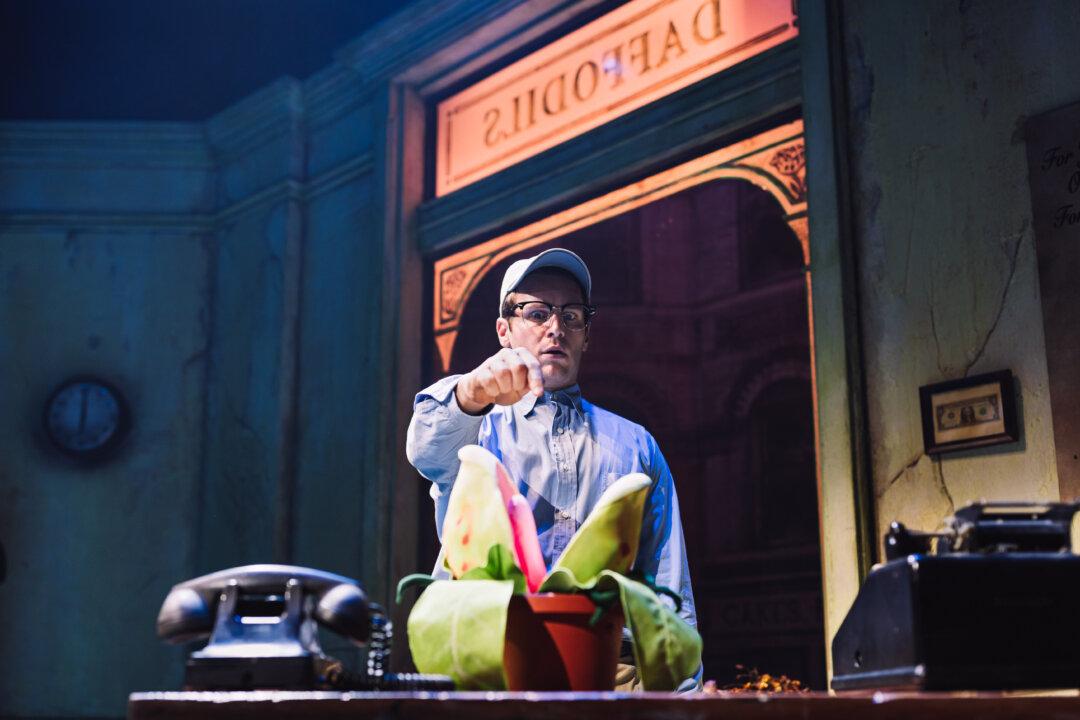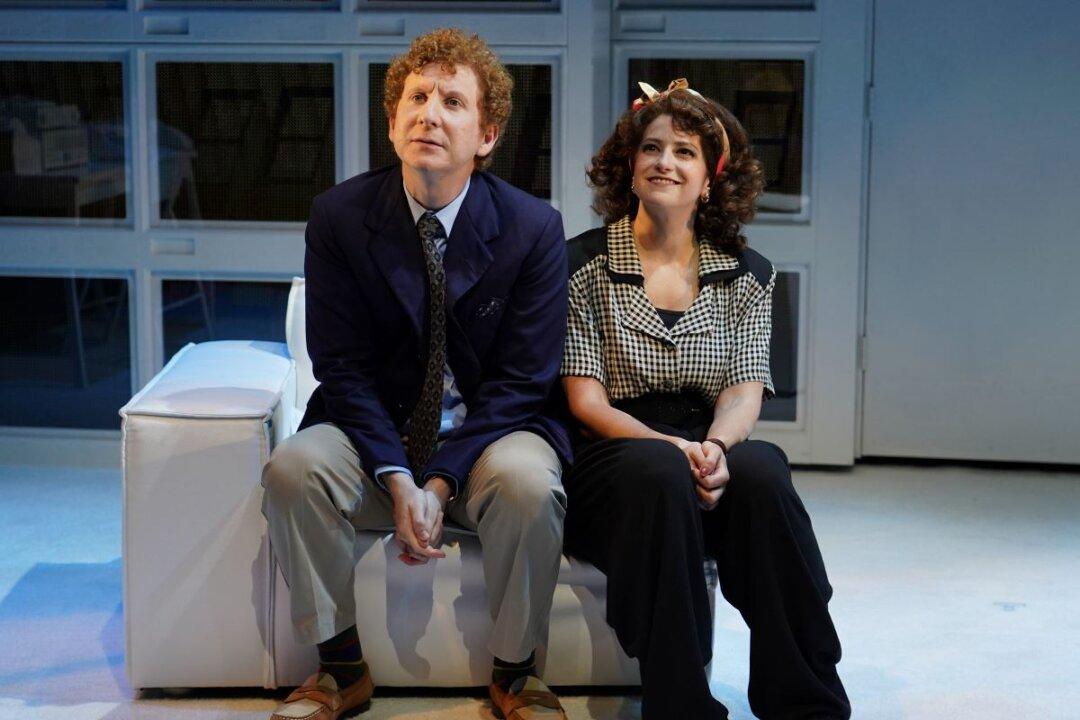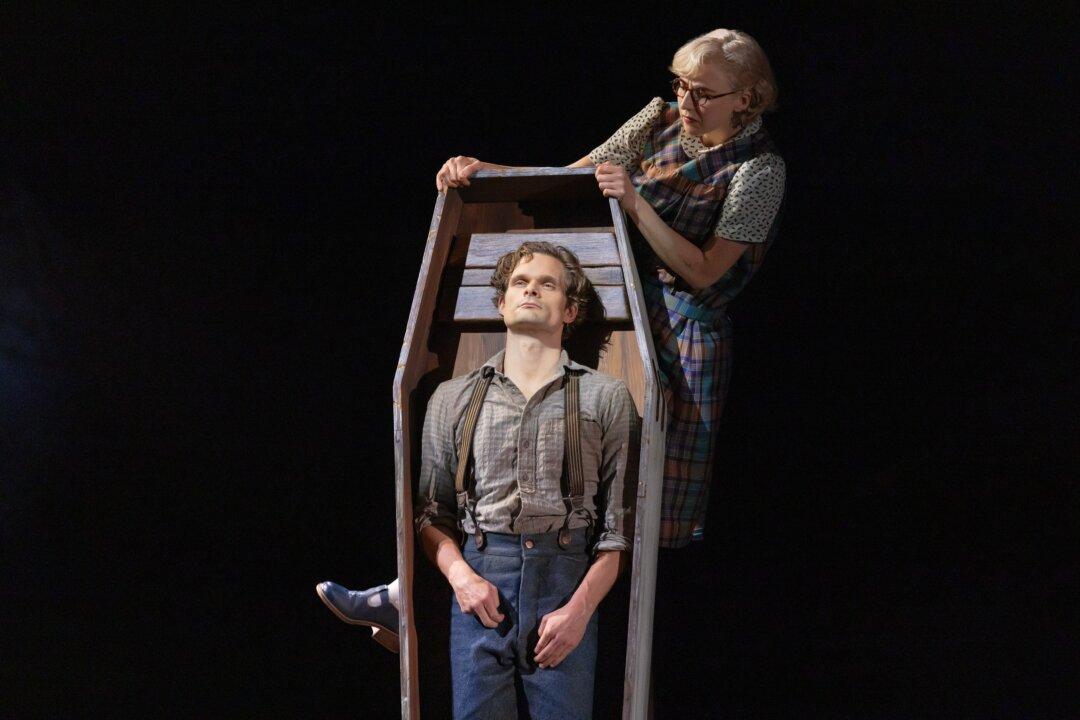NEW YORK—Musical comedy and pathos walk hand in hand in “Little Shop of Horrors.”
Based on the 1960 low-budget horror film, the show burst full bloom upon the Off-Broadway stage in 1982 and later became a major film in its own right. It was revived on Broadway in 2003. The current Off-Broadway revival at the Westside Theatre offers just the right amount of schlock and silliness, along with some painful reminders about how grim life can be.





